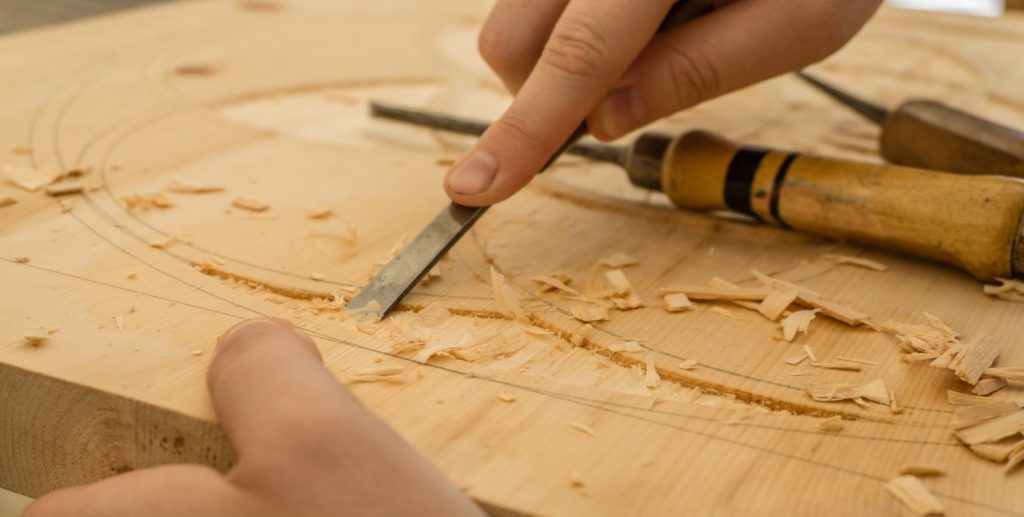How Timber Products Are Made?

Timber products are common in today’s world, as it is used in every household, office space, and other places. However, not all timber products are of the same quality. Depending on the product, there are various manufacturing and grading processes they have to go for in order to make sure the final product is of the correct standard.
There are many processes the raw timber goes through, but this article aims to showcase the initial stages. Without further ado, here are the initial four stages of timber production.

Felling
Before even the timber becomes timber, trees should be cut down. Felling trees is quite a difficult task, as there are certain types of trees that can be cut depending on the final product. Wooden furniture products would often consist of Mahogany, or Teak.
On the other hand, more mundane products may have something like plywood. Regardless, the trees have to be selected carefully and then cut down using efficient methods. This is important so as to make sure the surrounding environment is not harmed in any sort of manner. In many cases, you will need to have a permit to perform this action.
Debarking
Once the tree is cut, it is necessary that you debark the tree. Debarking can be done in several ways. One of the more common methods is by using a chainsaw mill. Some methods may involve using bare hands. These methods vary according to the type of wood that is being worked on, and how thick the bark is. Debarking has to be done in a very careful manner as you will most probably have to utilize dangerous equipment. Some of them require you to have a license as well. Once this process is done, it is then sent to metal detecting.
Metal Detecting
Before the log is sawed into smaller sections, it is important that it is tested for metal contamination. As a result of increasing urbanization, there is a chance that the tree trunk may have a nail driven, or have some metal fencing inside it if it was once part of a private land. If there is no metal in these logs, they are then sent to down the production line. If they do contain metal contaminants, the logs are salvaged for its wooden pieces, with the metal pieces discarded. This can be quite a tedious process, but is a necessary one.

Merchandising
Once the logs are sawed into smaller pieces, they are then graded depending on how hard and smooth the wood is. There are chances where the outer trunk may look good, but there is some sort of rotting on the inside. These pieces often get a lower grade. On the other hand, when the piece is in perfect condition and displays no flaws, they are graded as such. These logs are then sent for sorting and sold to interested buyers.
What happens from the merchandising process is wide and varied. However, the mentioned four processes are common to almost all wood products.